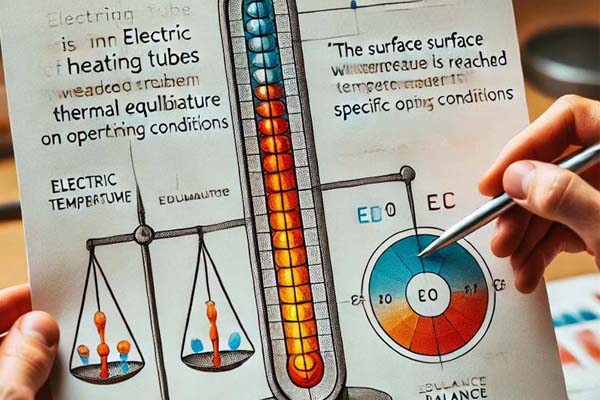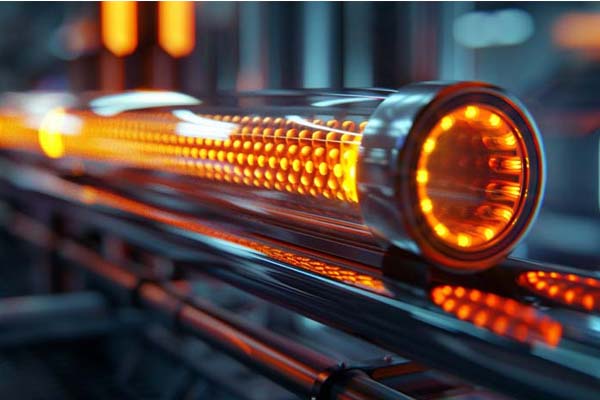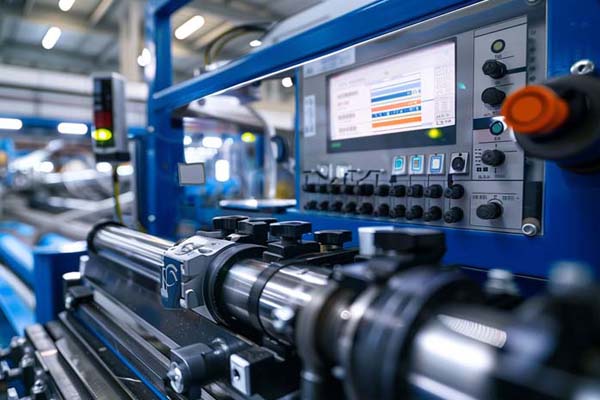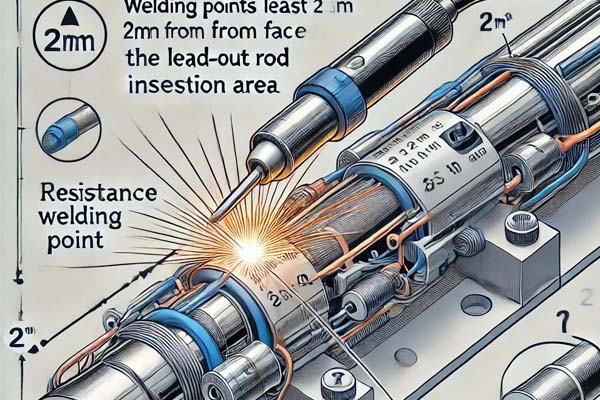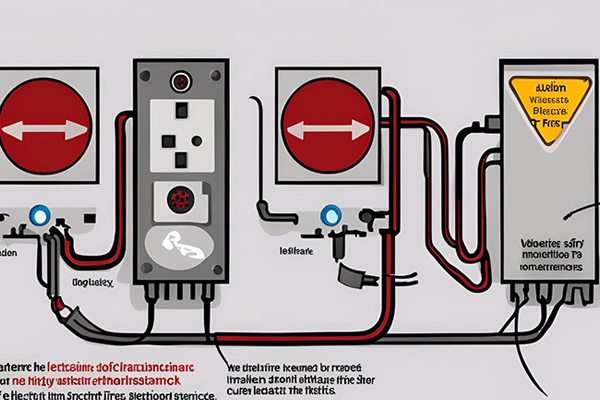Electric heating elements are indispensable devices in modern industrial production and daily life, widely used in household appliances and industrial equipment. As the application of electric heating elements becomes more extensive, ensuring their safety and reliability has become a significant research topic. During the use of electric heating elements, the hot-state leakage current is a crucial parameter that affects both the performance of the device and the safety of the user. This article will explore in detail the magnitude of hot-state leakage current in electric heating elements during heating and its influencing factors.
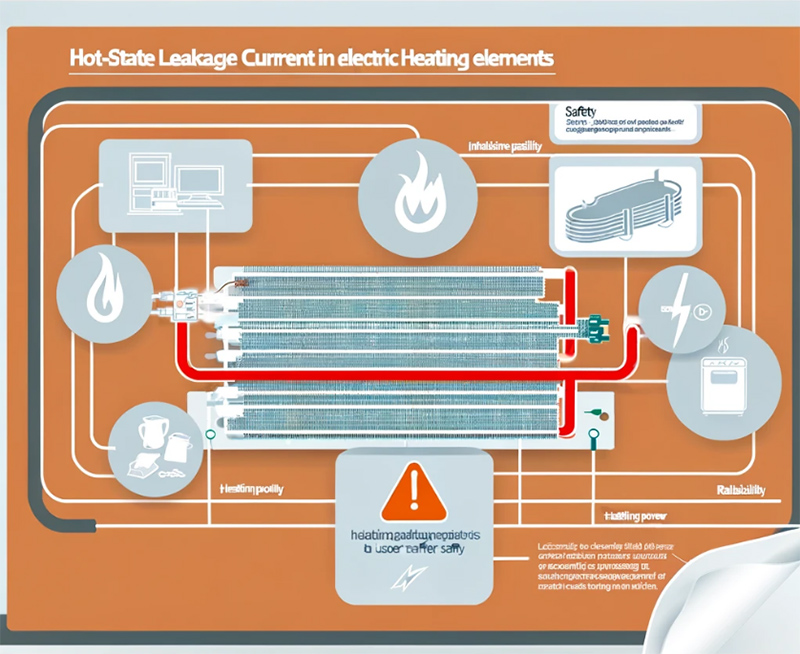
Overview of Electric Heating Elements and Hot-State Leakage Current
Electric heating elements generate heat by passing current through resistive materials to achieve heating. During this process, there is a certain amount of leakage current, especially when operating at high temperatures, known as hot-state leakage current. The magnitude of the hot-state leakage current directly impacts the safety and lifespan of the electric heating element.
Hot-state leakage current refers to the current generated by dielectric loss of the insulating material and changes in the electrical performance of the electric heating element during the heating process. Generally, the smaller the hot-state leakage current, the better the insulation performance and the higher the safety of the electric heating element. Conversely, excessively large hot-state leakage currents may lead to insulation failure and even electrical fires.
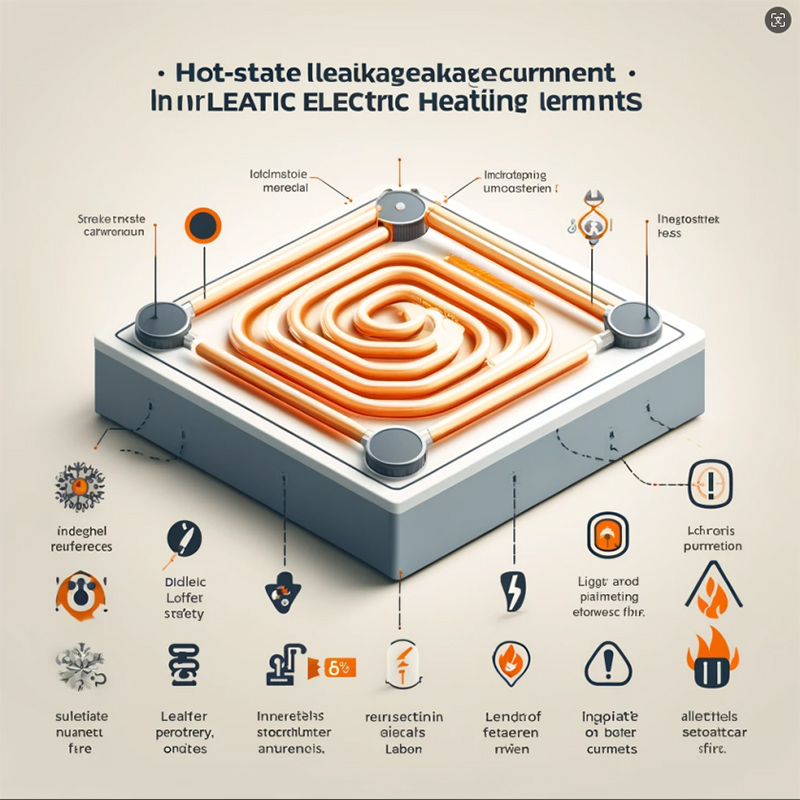
Factors Influencing Hot-State Leakage Current
1. Choice of Insulating Materials
The choice of insulating materials for electric heating elements is one of the key factors affecting hot-state leakage current. High-quality insulating materials can effectively reduce leakage current and enhance the safety of electric heating elements. Common insulating materials include magnesium oxide, ceramics, and mica, which have good insulating properties and high-temperature resistance. When selecting insulating materials, it is necessary to consider the working temperature and environmental conditions of the specific application.
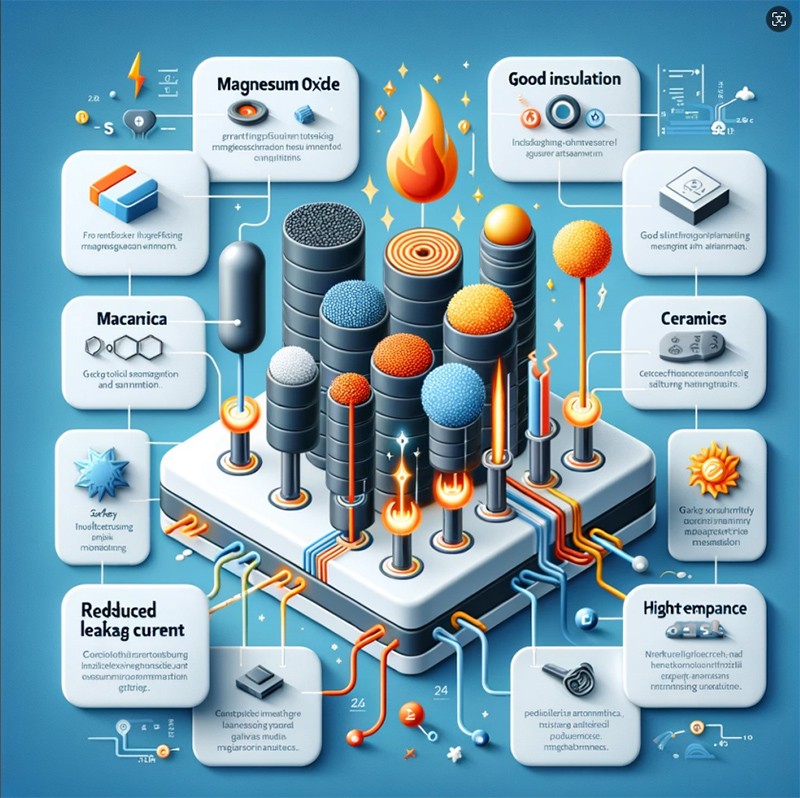
2. Heating Power and Temperature
The heating power and operating temperature of the electric heating element directly influence the magnitude of the hot-state leakage current. Generally, the greater the heating power and the higher the operating temperature, the larger the leakage current. Therefore, it is necessary to control the heating power reasonably when designing electric heating elements to avoid excessive leakage current caused by high temperatures. Additionally, in practical applications, the electric heating element should avoid prolonged high-temperature states to reduce the impact of leakage current on the insulating material.
3. Structural Design of the Electric Heating Element
The structural design of the electric heating element also significantly affects the magnitude of the hot-state leakage current. For instance, the arrangement of heating wires and the thickness of the insulating layer will impact the leakage current. A reasonable structural design can effectively reduce hot-state leakage current and improve the safety and reliability of the electric heating element. When designing electric heating elements, factors such as the arrangement of heating wires, the material, and the thickness of the insulating layer should be comprehensively considered and optimized to reduce leakage current.
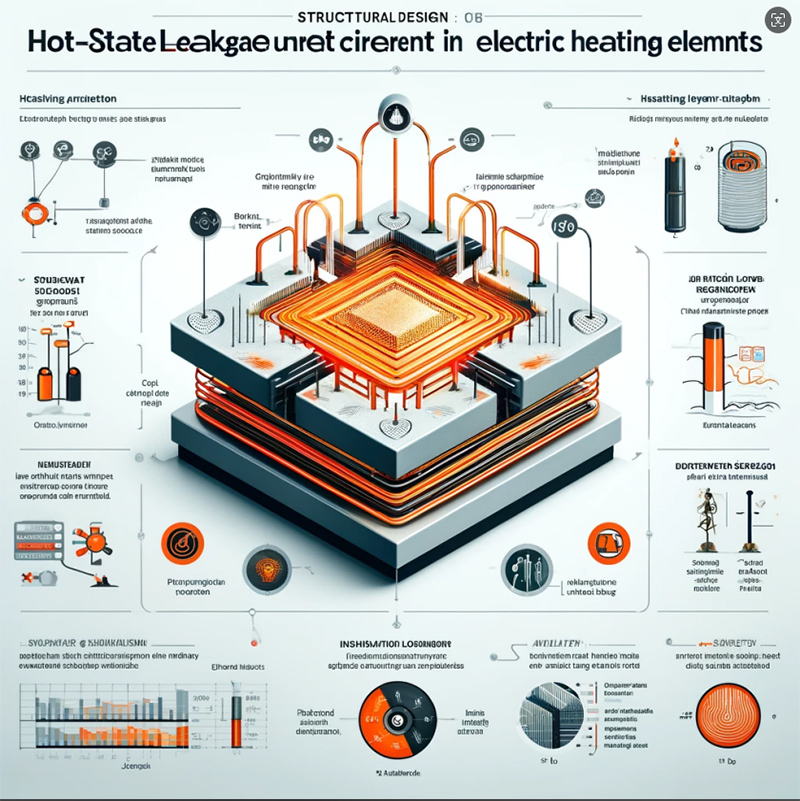
4. Environmental Factors
The operating environment of the electric heating element also affects the magnitude of the hot-state leakage current. For example, a humid environment increases the dielectric loss of insulating materials, leading to increased leakage current. Therefore, it is important to maintain a dry working environment when using electric heating elements to avoid increased leakage current due to environmental factors. Additionally, dust and contaminants in the environment can affect the insulating performance of the electric heating element, increasing leakage current.
Methods to Control Hot-State Leakage Current
To ensure the safety and reliability of electric heating elements, effective measures must be taken to control the magnitude of hot-state leakage current. Here are some common methods:
1. Choose High-Quality Insulating Materials
When designing and manufacturing electric heating elements, priority should be given to materials with good insulating properties and high-temperature resistance. High-quality insulating materials can effectively reduce leakage current and enhance the safety and reliability of electric heating elements.
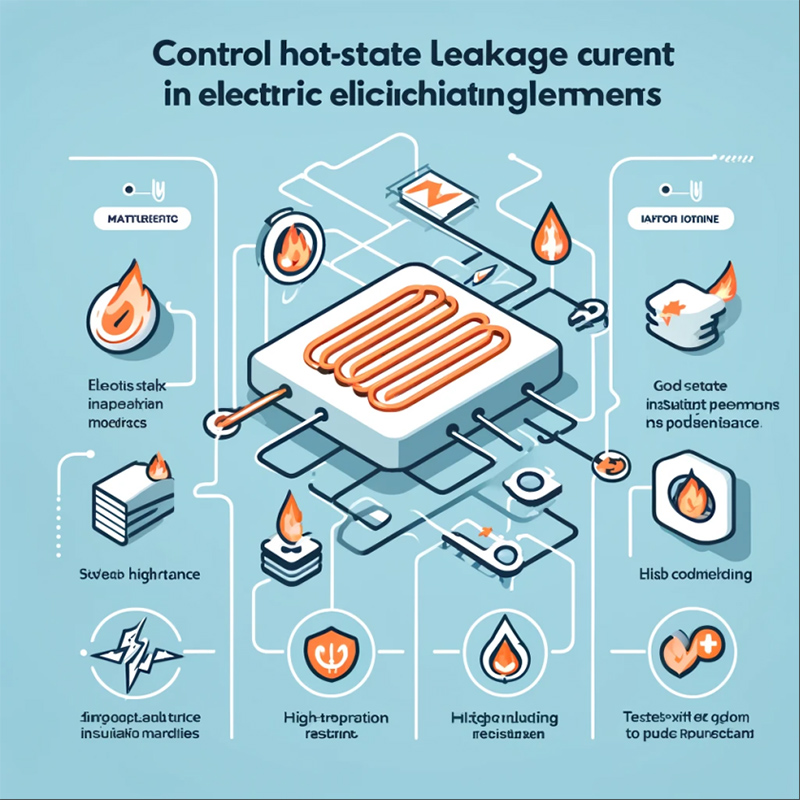
2. Control Heating Power and Operating Temperature Reasonably
In practical applications, the heating power and operating temperature of electric heating elements should be controlled reasonably based on specific needs to avoid excessive leakage current caused by high temperatures. Additionally, the electric heating element should avoid prolonged high-temperature states to reduce the impact of leakage current on the insulating material.
3. Optimize Structural Design
A reasonable structural design can effectively reduce hot-state leakage current. When designing electric heating elements, factors such as the arrangement of heating wires, the material, and the thickness of the insulating layer should be comprehensively considered and optimized to reduce leakage current.
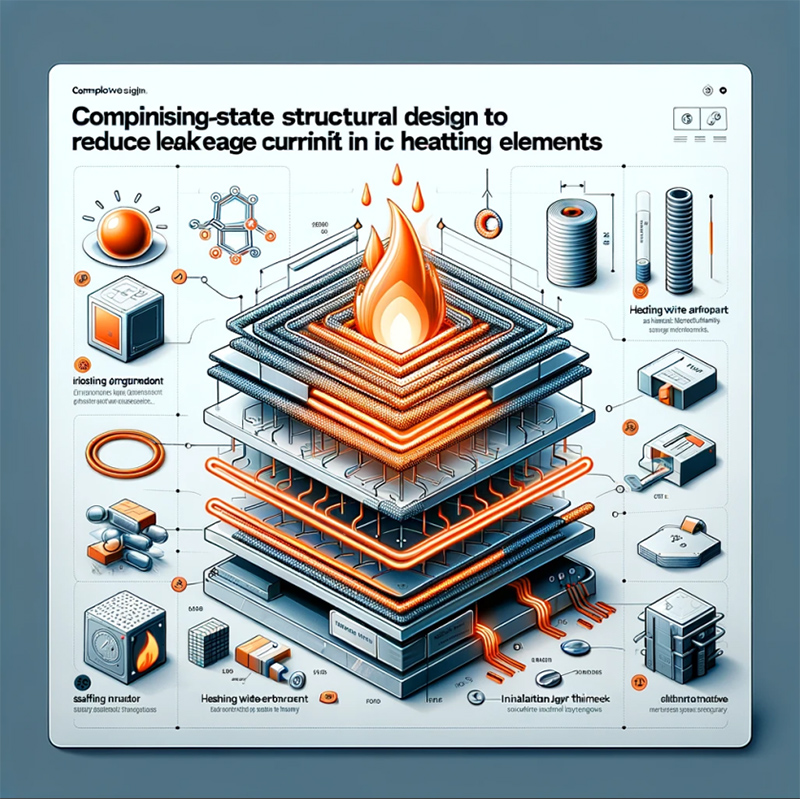
4. Maintain the Operating Environment
When using electric heating elements, it is important to maintain a dry working environment to avoid increased leakage current due to environmental factors. Additionally, regular cleaning of electric heating elements is necessary to prevent dust and contaminants from affecting the insulating performance.
The magnitude of the hot-state leakage current in electric heating elements during heating is a critical factor affecting their safety and reliability. By choosing high-quality insulating materials, controlling heating power and operating temperature reasonably, optimizing structural design, and maintaining the operating environment, the magnitude of hot-state leakage current can be effectively controlled, enhancing the safety and reliability of electric heating elements. Future research and applications should further explore and optimize these factors to improve the performance and lifespan of electric heating elements.

